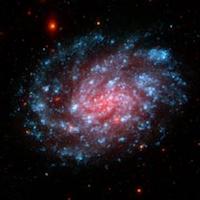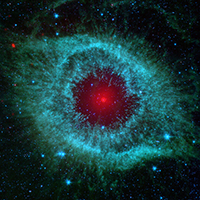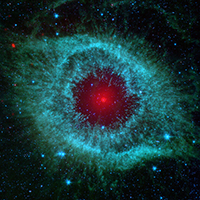
An image of distant galaxies captured by the NASA/ESA Hubble Space Telescope. Credit: ESA/Hubble & NASA, RELICS; Acknowledgment: D. Coe et al.
For most space objects, we use light-years to describe their distance. A light-year is the distance light travels in one Earth year. One light-year is about 6 trillion miles (9 trillion km). That is a 6 with 12 zeros behind it!
Looking Back in Time
When we use powerful telescopes to look at distant objects in space, we are actually looking back in time. How can this be?
Light travels at a speed of 186,000 miles (or 300,000 km) per second. This seems really fast, but objects in space are so far away that it takes a lot of time for their light to reach us. The farther an object is, the farther in the past we see it.
Our Sun is the closest star to us. It is about 93 million miles away. So, the Sun's light takes about 8.3 minutes to reach us. This means that we always see the Sun as it was about 8.3 minutes ago.
The next closest star to us is about 4.3 light-years away. So, when we see this star today, we’re actually seeing it as it was 4.3 years ago. All of the other stars we can see with our eyes are farther, some even thousands of light-years away.
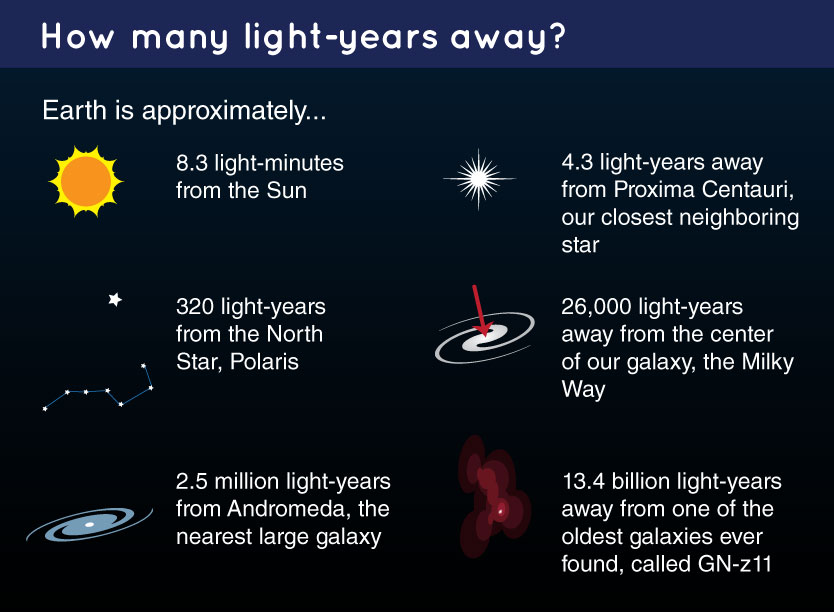
Stars are found in large groups called galaxies. A galaxy can have millions or billions of stars. The nearest large galaxy to us, Andromeda, is 2.5 million light-years away. So, we see Andromeda as it was 2.5 million years in the past. The universe is filled with billions of galaxies, all farther away than this. Some of these galaxies are much farther away.
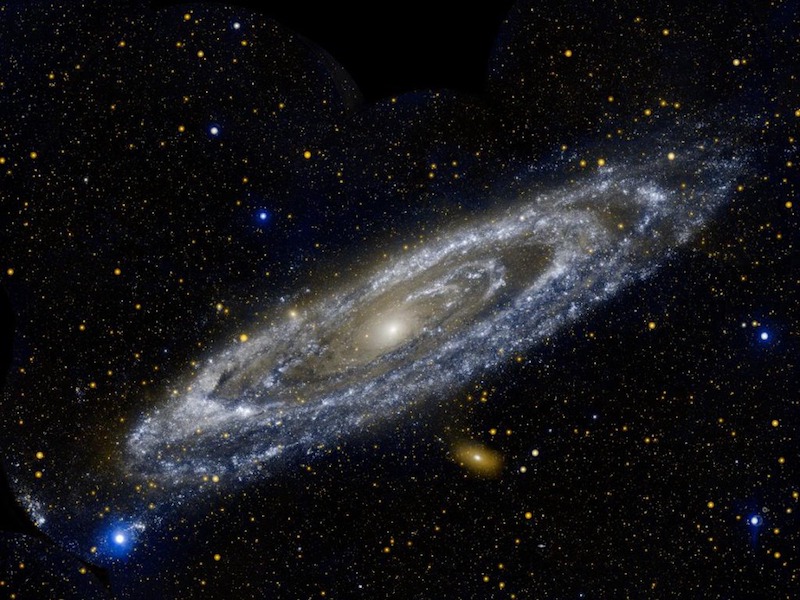
An image of the Andromeda galaxy, as seen by NASA's GALEX observatory. Credit: NASA/JPL-Caltech
In 2016, NASA's Hubble Space Telescope looked at the farthest galaxy ever seen, called GN-z11. It is 13.4 billion light-years away, so today we can see it as it was 13.4 billion years ago. That is only 400 million years after the big bang. It is one of the first galaxies ever formed in the universe.
Learning about the very first galaxies that formed after the big bang, like this one, helps us understand what the early universe was like.
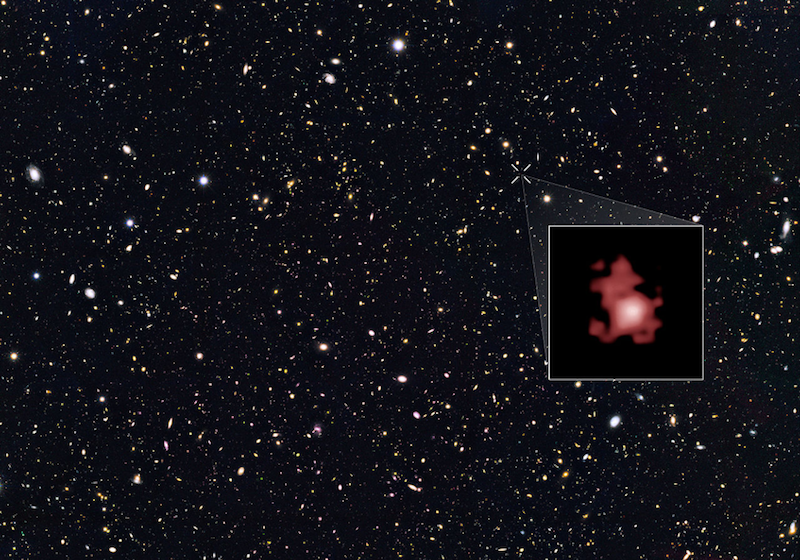
This picture shows hundreds of very old and distant galaxies. The oldest one found so far in GN-z11 (shown in the close up image). The image is a bit blurry because this galaxy is so far away. Credit: NASA, ESA, P. Oesch (Yale University), G. Brammer (STScI), P. van Dokkum (Yale University), and G. Illingworth (University of California, Santa Cruz)



